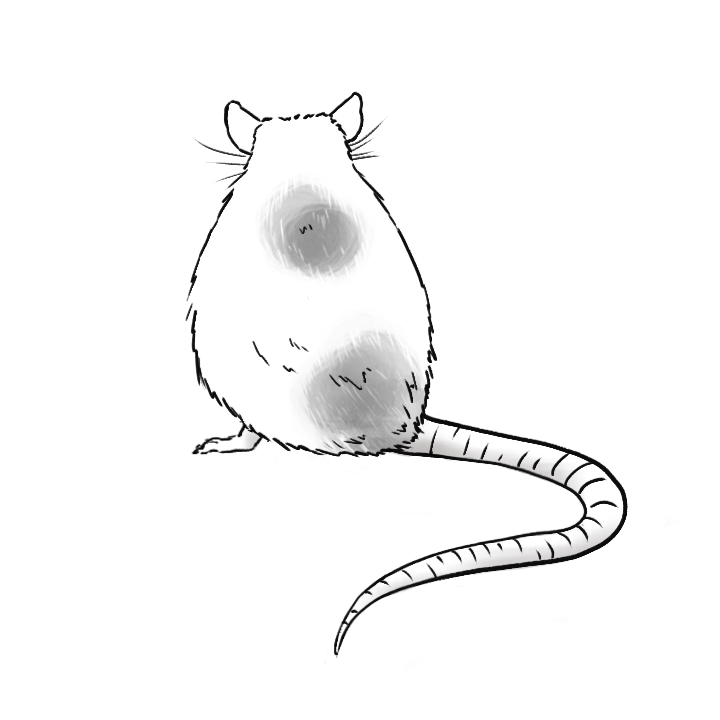In my little series on homophones (words, that are spelled differently, but pronounced the same), we’ll be taking a look at to, too and two today.
Yes, all three are pronounced exactly the same, but they are used quite differently. In fact, they are not even the same type of word. If you’re into grammar, you might want to know that while two is a number, to is mostly used as a preposition and too as an adverb.

Some rat species build round nests in trees.
Two (number)
Let’s start with two, because it is the easiest: It is simply the number 2.
Two plus two is four.
Too (adverb)
The adverb too has several different uses. Have a look:
1: Also
Too can be used to mean “also”, “in addition”, or “as well”.
“I saw him the other day.” – “I saw him too.”
“Can I come too?”
2: Excessiveness (overly much)
When something is too much, too hot, too small, too ugly, then it is more hot, small or ugly than we would like or need it to be.
I can’t buy that car. It is too expensive.
She can’t stand it any more. It is too much for her.
By the way, it is quite hard to explain this use of too without using “too”! 😉
3. Emphasis
When we want to give weight to our words, we can use too to emphasize what we are saying.
“He didn’t say that!” – “He did too!” (Meaning: “Oh yes he did!”)
“Here’s the train. And about time too!” (Meaning: “Finally! I’ve been getting impatient.”)
4. Very
In casual conversations, too can also be used to mean “very”. In this case, the emphasis of the sentence will usually be placed on too.
“That dude is too funny!”
Note: When too is used at the end of a sentence, it was customary in the past to put a comma before it. This rule seems to be used less and less these days, though.
To (preposition)
The word to has very many different functions and you will generally use it in all cases where too and two don’t fit. Here are some examples of how to is employed. There are, however, more uses than this.
Marker of the infinitive
To is used to show when a verb is in the infinitive (in other words, when it is not used with a grammatical person or time, as in “I am eating”, “she swam”, etc.)
I like to swim.
Oh, to be young again! (Meaning: I wish I were young again.)
To be, or not to be, that is the question.
Direction or position
We use to for indicating a direction in which we are moving or a position relative to something or someone.
I’m going to the movies.
They are flying to Portugal tomorrow.
She turned her back to the house.
How much/how far
To can show the limit or extent of an action.
He was reduced to tears. (Meaning: He felt so bad that he was crying.)
The patient had stripped to the waist (Meaning: He was not wearing clothes on his upper body.)
Belonging or connection
To can be used to make connections between people and objects clear.
These are the keys to my house.
We sang to the guitar music.
He is very attached to his dog.
Telling the time
When talking about time, to is frequently used.
It is ten to six. (Meaning: It is ten minutes before six o’clock.)
We’ll be here from ten to six. (Meaning: We’ll be here between ten o’clock and six o’clock.)
To as an adverb
In addition to the uses explained above (and there are many more), to can also be used as an adverb. Here are two examples:
The children were running to and fro in the yard. (Meaning: They were running here and there.)
When he came to, he as lying in a hospital bed. (Meaning: He was unconscious and then woke up.)
As you have seen, the word to has a very large number of meanings, while the uses of two and too are quite limited. So, in 99 out of 100 cases, if the word you are using does not fit the rules for two and too, then it should be spelled “to”.

0 Comments